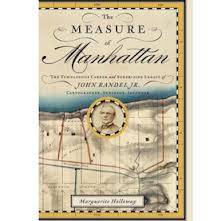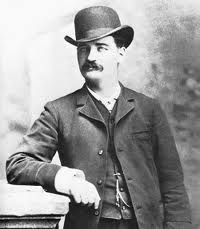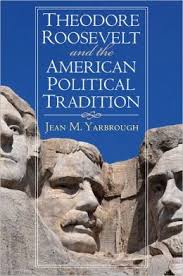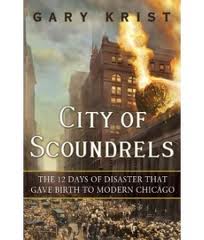Authentic Artifice
Sometime in my late-20s, I noticed that the conventions of theater were no longer working for me. It was a gradual change, akin to failing eyesight. Others simply were able to see things on stage that I could not. Perhaps I needed glasses? Optometry has offered no relief.
I used to enjoy drama, musicals, and other kinds of theater. Now I find myself unable to engage “normally” with whatever is happening on stage. It is a strange phenomenon and I do blame Brecht. My mind wanders, raising questions of the structure, support, and the great collective effort that leads this person and that person performing in front of me to do whatever they are doing. I think about about the proscenium and the staging. I wonder if how this line was re-written or that line looks on the page. I evaluate lighting and sound. I restage blocking and the movement of the cast. It takes great concentration for me to engage with what is happening as an audience member, and when I can, it is fleeting. I sneak looks to the left and right of me – others in the audience, invariably, are engaged. The productions are not at fault. The problem is mine.
Theater still beckons and I still attend, but things are different. Enjoyment comes in other guises.
Bear this lengthy caveat in mind as I enthuse about The Hypocrite’s production of The Mikado. Currently showing at the Steppenwolf Theater Company, this is a fresh take on a somewhat ridiculous and lovely Gilbert and Sullivan classic. The Mikado is a comic opera set in a topsy-turvy Japan, replete with highly stylized characters and many jokes. Performed “traditionally” the Mikado can easily lapse into a stilted, dated racism that is more often than not meliorated with camp.
In this production, boundaries between performers and audience are erased. The performance takes place in an open room with areas defined by low-benches, platforms, rings and lighting. All of the actors play instruments, so the stage orchestra is also on stage. The audience is allowed – encouraged – to move around the space to engage as they see fit. The rules of the performance are simple: the actors and the audience should not pretend that they do not see each other. If an actor needs to get to a spot and an audience member is in the way, they will point or tap to clear a space. And the bar remained open through the show.
The Hypocrites are an interesting theater company with a mission to make “a Theater of Honesty” and a manifesto to “create theater as an artistic expression.” The company identifies the audience as part of that process. The Hypocrite’s Mikado was a delight to attend. The talent level was very good, but more importantly, it was what it was – and it did not pretend to be anything else. It was great fun. For this all too artificial opera, written in England 140 years ago about a love story in a fictionalized and absurd Japan, the Hypocrites found authenticity. I am impressed.
David Potash









